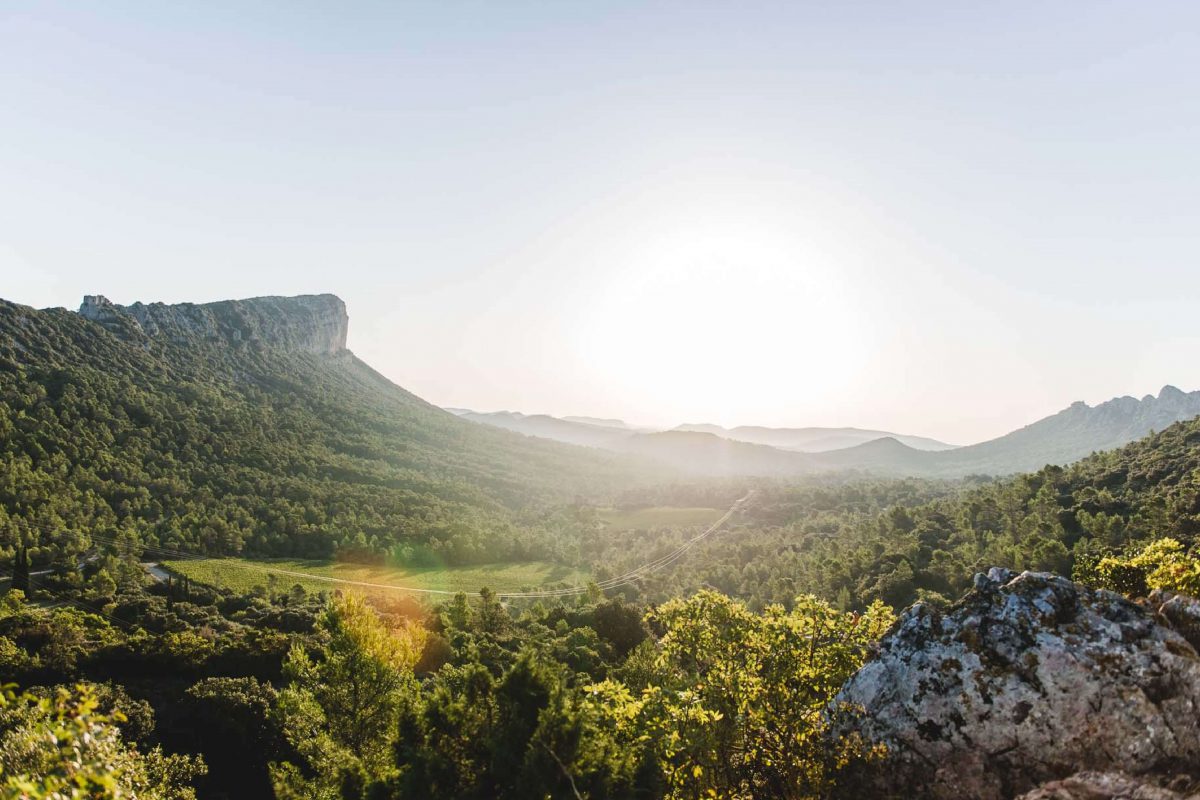Expression
through our wines
“Our work as vignerons is about doing everything in our power to ensure our range of wines is the greatest expression of the singularity and character of each one of our terroirs.”
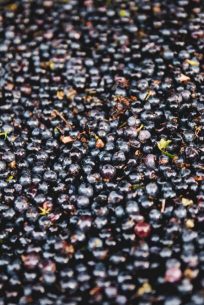
A well-defined range
Amid the same cool, humid Mediterranean climate, on the limestone geological substrate, there lies a broad and diverse tapestry of terroirs, as the vegetation and fauna around the vineyard bear witness.
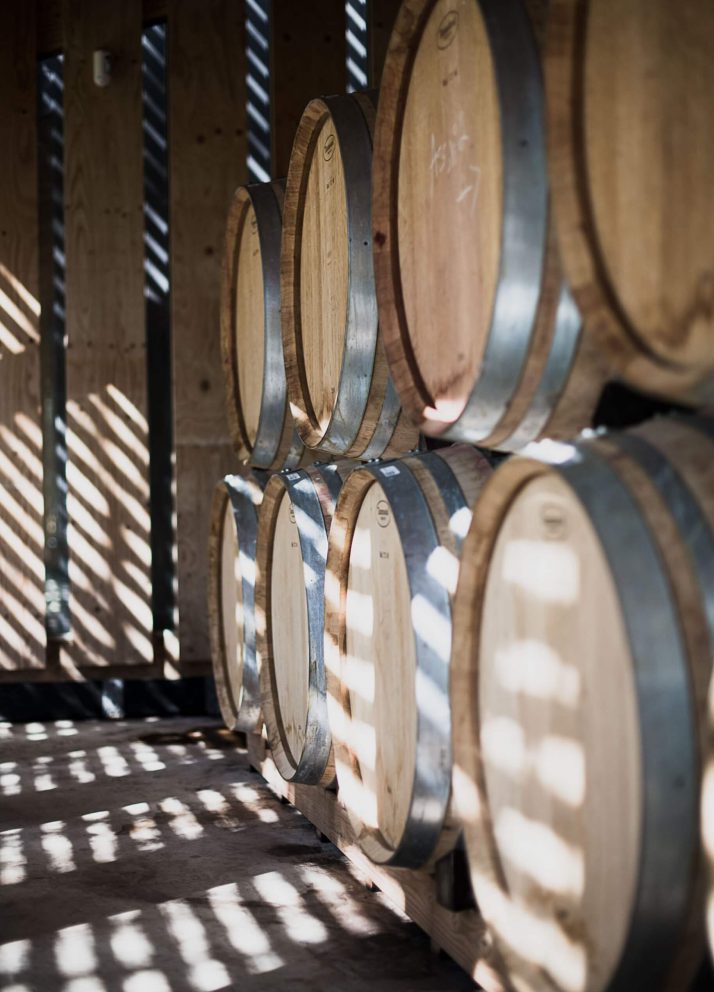
Our cuvées

Domaine de l’Hortus red
This wine is made from grapes split across two plots sharing similar soil-types, yet where the climate, inextricably linked to the site, could not be more different. The first lies at the base of the southern cliff face of Hortus and the second at the northern base of Pic Saint-Loup. In both cases, the soils are formed on the scree slopes of limestone shards, from ‘fossil’ soils rich in iron oxide dating back to the hot, interglacial Quaternary period. Deep and well-drained, they allow the roots to penetrate deep into the soils, ensuring the vines cope well with water excess or deficit. These are ideal conditions for the grapes to reach optimum ripeness.

Domaine de l’Hortus white
At the base of the valley floor, a ‘river’, or wash, may sometimes flow. In times of heavy rainfall in the autumn, this shallow stream channel can carry large quantities of water and alluvial deposits. Over the centuries, the meandering water flow has carved hollows at its edges, giving rise to small plots where the bedrock is composed of sand, gravel and pebbles basically rolled over a marl substrate.
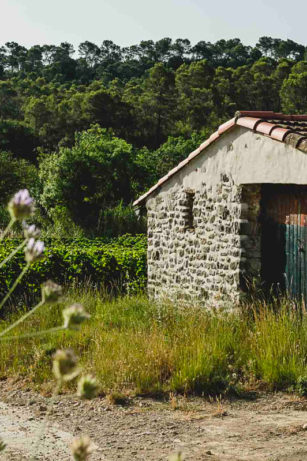

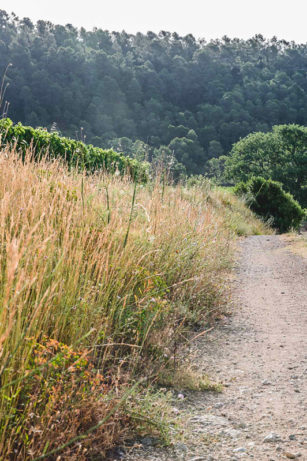

Bergerie de l’Hortus red
Geologically speaking, the land consists of hard and soft limestone formed in the depths of the seas during the Cretaceous period, then lifted during the Pyrenean and Alpine fold system to form alternating, 100 metre deep layers. The hard limestone forming the cliffs, the Hortus plateaux and the crest of Pic Saint-Loup, dominates the landscape. At their base, the soils are composed of scree formed during the last glacial period, while lower down, the gentle slopes expose softer, limestone outcrops.

Bergerie de l’Hortus white
Further down the slope, our ‘river’ and its tributaries flow east before heading south. Over the course of centuries and millennia, the wash has spread fine alluvial deposits in its wake, creating small, relatively fertile plains at the edges. These terroirs are lower than the plots assigned to Bergerie de l’Hortus red and are located on the fringes of the intermittent water amid a lush, riparian forest comprising white poplars, ash, plane trees and bamboo. It is not unusual here to spy a heron on the hunt for frogs.

Bergerie de l’Hortus rosé
Our rosé wines are produced from a few parcels of red grapes, where the natural characteristics, the climate and soils represent the transition between Bergerie de l’Hortus red and white wines. The soils here are marginally too fertile for the red, and not quite cool enough for the white. Syrah and Grenache are grown on these parcels.
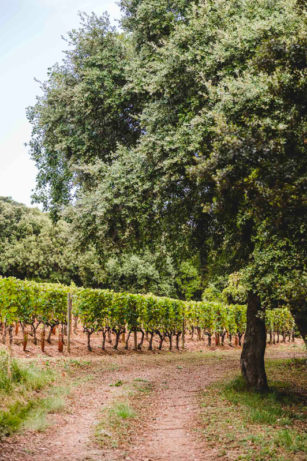
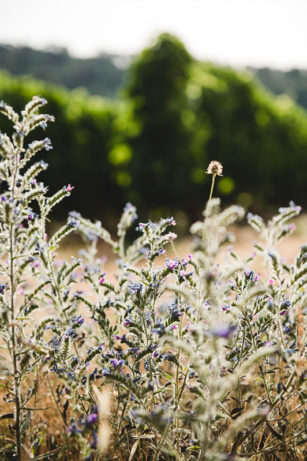
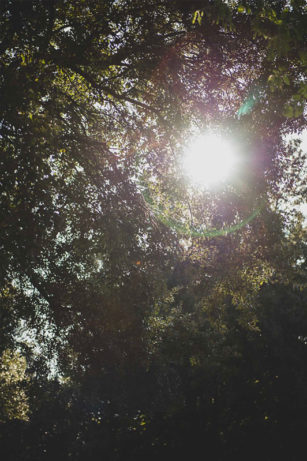

Le Dit de l’Hortus red LIEU-DIT LA SOULANE
On the plot of land at the base of the south-facing cliff face of Hortus, 8 hectares of Mourvèdre vines are seen to flourish. The vines are cultivated on no less than four levels of terracing and reveal a true gem of a wine. Here at the mid-slope point, the fruit quality transcends the remarkable to the extraordinary. Only several hundred cases, the equivalent of twenty hectolitres, are produced on this plot. Here the grapes are of the utmost quality standards, and the wine is released only in the most exceptional vintage years.

Le Dit de l’Hortus RED LIEU-DIT L’OMBREE
On the plot of land nestling at the foot of the northern face of Pic Saint-Loup, 15 hectares of Syrah vines take the stage. Here the vines thrive on five levels of terracing to yield a jewel of a wine. The fruit grown at the mid-point of the slope is of sublime quality and produces only a limited quantity of wine, equating to around two hundred cases (20hl). The grapes are treated with meticulous care to assure the utmost quality standards, and the wine is released only in the most exceptional vintage years.
